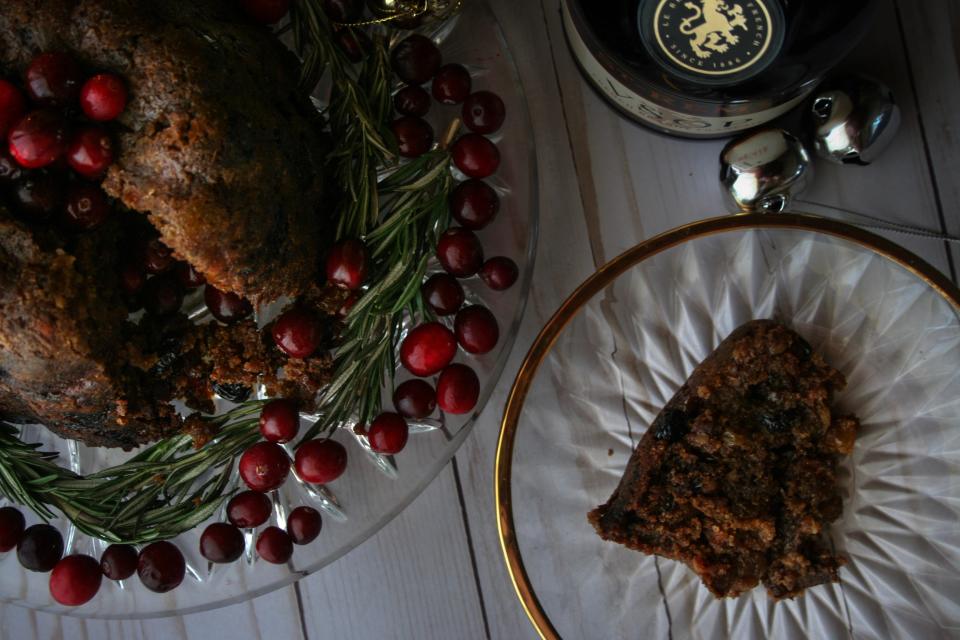You've sung about figgy pudding since childhood Christmases but do you know what it is?
“Now bring us some figgy pudding, now bring us some figgy pudding, now bring us some figgy pudding and a cup of good cheer!”
How many times have we sung the lyrics to this verse of classic Christmas carol "We Wish You a Merry Christmas" and thought, “Wait...what the heck is figgy pudding?”
You are not alone. And for all our readers out there who have no idea what figgy pudding is, we’re here to help!
What is figgy pudding?
Figgy pudding — also known as plum pudding or Christmas pudding — may be a staple on the British Christmas table, but if you are not from Great Britain, it makes sense that you might not know what it is. Your powers of deduction won’t likely give you any hints as to what it is either, as traditional figgy pudding contains neither figs nor the creamy custardy dessert that we Americans typically refer to as “pudding”. It doesn’t contain any plums either, in case that’s where your head was going next.
Figgy pudding is a pudding in the British sense of the word, which means it is a steamed cakelike dessert. This particular Christmas version is traditionally made with suet (which is raw beef or mutton fat), eggs, brown sugar, breadcrumbs, spices, dried fruits and, last -- but certainly not least --- brandy. We would venture to say that this British version of pudding taste something like an incredibly dense, and intensely fatty cross between a fruit cake and a loaf of gingerbread, completely soaked in brandy. Sounds like a party, right?

Why is it called figgy pudding?
So why on earth is it called figgy pudding? Well, that answer dates back a few centuries. The first records of plum puddings date to the early 15th century when the word “plum” was actually just a generic term for any dried fruit, most commonly raisins and currants, but also prunes and other dried fruits when available. According to history.com, “Christmas pudding has its roots in medieval English sausages, when fat, spices and fruits (the best preservatives of their day) were mixed with meats, grains and vegetables and packed into animal stomachs and intestines so they would keep as long as possible.” Rather anticlimactically, figs have actually never been an official ingredient, but they are included from time to time, inspiring the well-known name along the way.
This article originally appeared on USA TODAY: What is figgy pudding?

